Understanding Sodium Chloride Injection: Uses and Benefits in Medical Practice
According to the National Institutes of Health (NIH), nearly 75% of Americans suffer from chronic dehydration mainly due to lesser water consumption. This often leads to a diminished blood level of electrolytes and minerals which needs to be restored to help the patient go back to the body’s normal hydrated state. In this regard, understanding sodium chloride injection and its applications is crucial as it is one of the key treatment options.
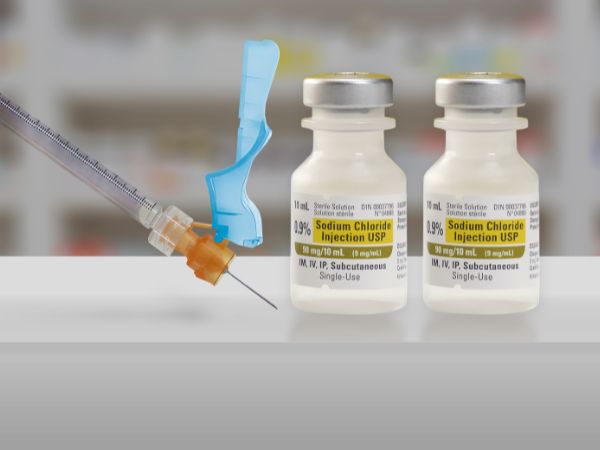
The sodium chloride injection solution container is single-use and should be discarded after use
In this article, let us learn about some of the medical applications of the product while understanding sodium chloride injection. In addition, its composition, types, as well as contraindications are also listed.
What is Sodium Chloride Injection USP?
Sodium chloride injection USP is a sterile solution that comes in a single dose container and is to be administered intravenously or directly into the veins. This solution is non-pyrogenic as well which means it does not have fever-causing pyrogens released by microbes.
The average pH value of sodium chloride injection is 5.0 but can vary between the range of 4.5 to 7.0. As for the osmolarity, the value equals 8 mOsmol/ml. The product is also free from antimicrobial agents or any other kinds of preservatives. Sodium chloride injection, USP is often administered for fluid replenishment.
Composition
When it comes to understanding sodium chloride injection solution, it is important to know its composition. The product is formulated by dissolving 23.4% sodium chloride, the active ingredient, in water for injection. This accounts for almost 4 mEq/ml of table salt.
To prepare the sodium chloride injection, 234 mg (milligrams) of sodium chloride is accurately weighed and dissolved into quantity sufficient (q.s.) water for injection. If the pH of the solution is not within the above-mentioned range, it can be adjusted by simply adding a few drops of hydrochloric acid (HCl).
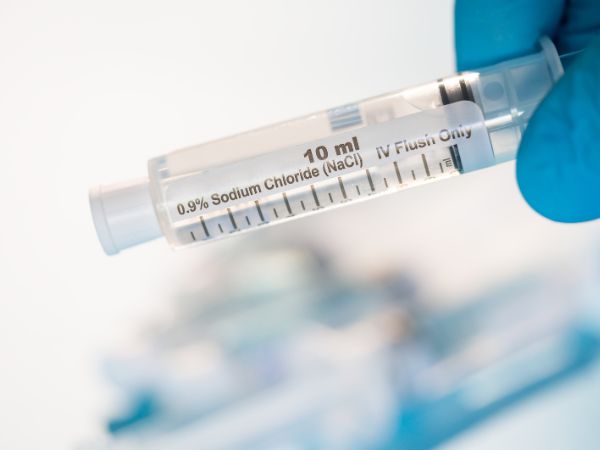
The IV administration of sodium chloride injection restores the electrolyte balance of the body
Types
While understanding sodium chloride injection, it is essential to look into its types which include the following:
0.45% Sodium Chloride Injection, USP
0.45% Sodium chloride injection is formulated by dissolving 4.5 g/L (grams per liter) sodium chloride into water for injection to achieve an osmolarity of 154 mOsmol/ml.
0.9% Sodium Chloride Injection, USP
As for understanding sodium chloride injection 0.9%, it is important to know that it contains double the amount of salt i.e. 9 g/L, and gives an osmolarity of 308 mOsmol/ml.
Storage Instructions
Store the sodium chloride injections at USP controlled room temperature i.e. between 20° to 25°C (68° to 77°F). Never freeze the product.
Sodium Chloride Injection: Common Medical Applications
After the intravenous administration of sodium chloride injection, the serum electrolyte concentrations start to rise. This is because the sodium chloride solution dissociates and generates sodium ions (Na+) and chloride ions (Cl–).
As the sodium cation and chloride anion make up our body fluids along with other ionic species, their entry into the blood as well as in extracellular fluid helps regain the disturbed fluid balance. It is worth understanding sodium chloride injection in terms of its following uses:
1. Hydration
While understanding sodium chloride injection, the first step is to learn its role as a rehydrating agent. The product is diluted with another hypotonic or isotonic solution containing sodium chloride and can then be administered intravenously.
2. Electrolyte Replenishment
Apart from managing dehydration, sodium chloride IV administration also tackles electrolyte deficiencies. This is because the solution has 0.9% sodium chloride in it which replenishes the body and restores the levels of sodium and chloride ions in the blood as well as extracellular fluid.
3. Medication Dilution
Many parenteral drug products can be carried into the bloodstream while using sodium chloride injection.
4. Nutrition Delivery
Apart from medications, understanding sodium chloride injection tells us that it can also carry nutrients to the body. For this reason, it is employed as an additive in total parenteral nutrition or TPN which involves the intravenous administration of a solution containing amino acids, carbohydrates, fats, minerals, as well as vitamins.
In addition, carbohydrate-containing intravenous solutions can also be administered in conjunction with sodium chloride injections.
5. Treatment of Hyponatremia
Hyponatremia, or low salt syndrome, is a condition that is associated with low sodium levels in the body. This often happens because of an underlying medical condition or overhydration. The low sodium levels in the body push the body into a state of confusion where the brain does not function properly. Therefore, symptoms like nausea, vomiting, headache, fatigue, as well as extreme lethargy.
The quickest treatment for hyponatremia is the replenishment of sodium in the body which is done by the administration of sodium chloride. This elevates the blood sodium levels and thus helps the body regain strength and vitality.
6. Hemodialysis
Understanding sodium chloride injection also highlights its utilization in hemodialysis procedures. It serves as a priming solution where it is employed to wash the dialyzer as well as bloodlines before the process is initiated.
7. Management of Metabolic Alkalosis
Apart from the above-mentioned uses, understanding sodium chloride injection also indicates its efficacy in the management of chloride-responsive metabolic alkalosis. It works by managing fluid loss as well as replenishing the chloride levels in the body.
However, if too much sodium chloride is administered, the chloride ions in the solution reduce the level of bicarbonate ions in the blood thus resulting in acidosis.
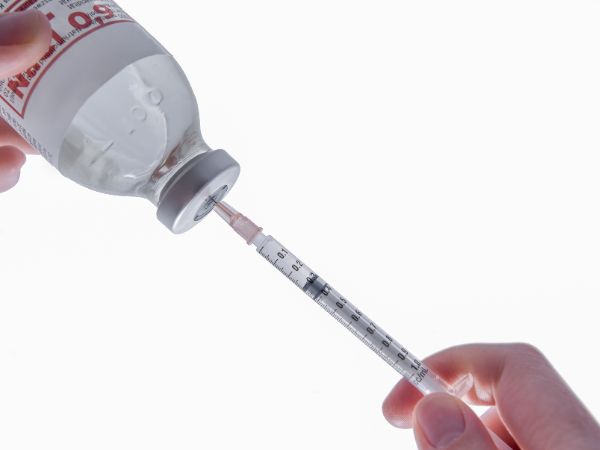
Sodium chloride injection is ideal for the management of dehydration
Contraindications
Despite their several benefits, the contraindications are important to know while understanding sodium chloride injections and their uses. Because the product is rich in sodium ions, it can elevate the patient’s sodium levels thus causing a condition called hypernatremia. This results in sodium retention and the electrolyte levels of the body go up.
As a result, the risk of fluid retention is increased followed by high blood pressure. Too much water in the body can cause or aggravate conditions like altered cardiac function, congestive heart failure, peripheral and pulmonary edema, impaired renal function, as well as decreased hepatic efficiency in both elderly and young patients. As prolonged renal insufficiency can result in diminished renal function, the risk of kidney failure is elevated.
Precautions
To avoid the above-mentioned conditions, there is a need to monitor renal function regularly while understanding sodium chloride injection use to detect overhydration or solute overload. Proper clinical evaluation is necessary so that the possible alterations in electrolyte concentrations, fluid balance, as well as in acid-base balance can be detected early on. The need for such evaluation increases in cases of prolonged parenteral therapy with sodium chloride injection.
Understanding Sodium Chloride Injection Administration during Pregnancy
While understating sodium chloride injection administration in young and elderly patients, it is also focused on its utilization in pregnant women.
Sodium chloride injection has been classified in Pregnancy Category C and therefore is risky for pregnant women as it may cause damage to the fetus. Therefore, there is a need to conduct studies to check the mutagenic potential of sodium chloride injection.
It is also essential to find out if the product is excreted in human milk. Therefore, it should only be used if the healthcare provider clearly sees its benefits outweighing its harms.
What does Pregnancy Category C Mean?
When a drug or medical product is placed in Pregnancy Category C, it means that the product has been tested on animals and has shown to cause fetal harm. However, there is a need to conduct thorough studies on human subjects. Therefore, the likelihood of the risks cannot be fully eliminated.
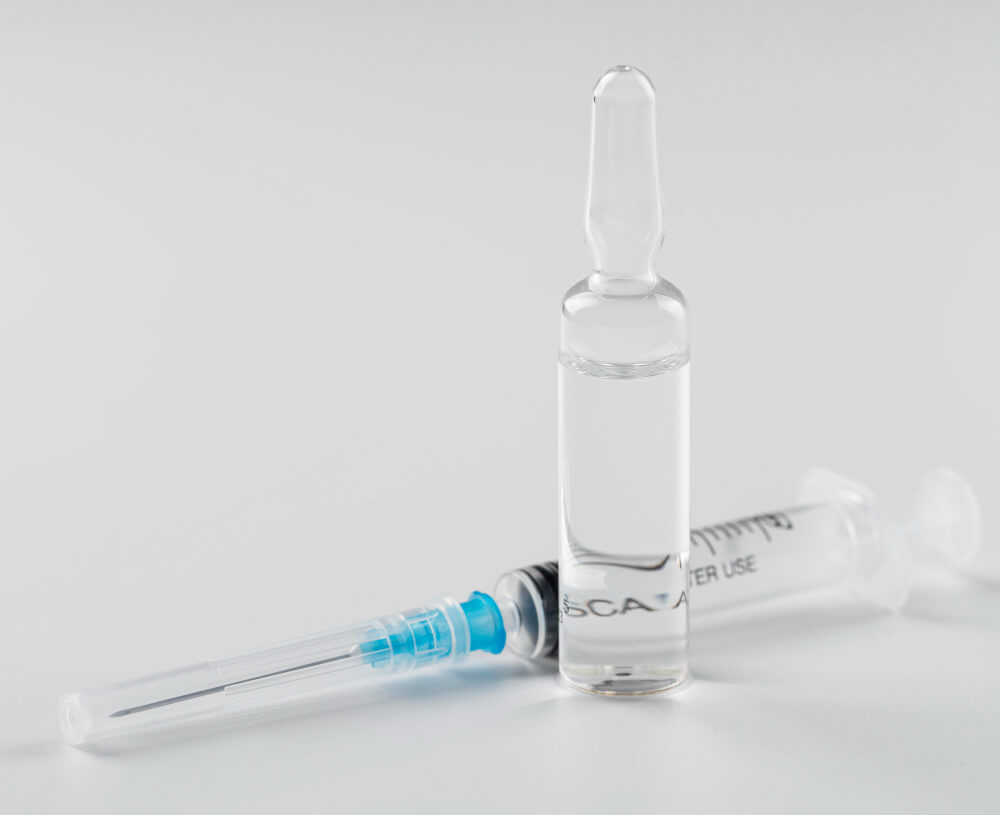
Sodium chloride injection is packed in glass ampules instead of plastic containers
Sodium Chloride Injections at Health Supply 770: Features and Specifications
Sodium chloride-based intravenous products are employed for several reasons in healthcare facilities as well as in home settings. These can manage dehydration, electrolyte imbalances, hyponatremia, etc. In addition, the delivery of certain medications as well as nutrients is also done with the help of sodium chloride injections.
Therefore, understanding sodium chloride injections is necessary considering their vast utilization. After understanding sodium chloride injection, many different kinds of products are available to choose from at the Health Supply 770 and have been detailed below along with their features and purchase links:
Sol-Millenium PFF001 Sol-Care Saline Flush 0.9% USP Sodium Chloride Injection 10mL fill in 12mL Syringe (400/CS)
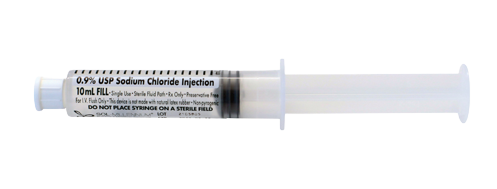
US$214.88
Product Details
Sol-Millenium PFF001 Sol-Care saline flush contains 0.9% sodium chloride in it. These injections are prepared by following the method given in the United States Pharmacopoeia (USP). The capacity of the syringe is 12 ml and it contains 10 ml of the sodium chloride injection.
While understanding sodium chloride injection, it must be kept in mind that the product is completely free from natural rubber latex as well as preservatives. At the above-mentioned price, 400 sodium chloride injections are provided each of which is packed individually.
The product has been sterilized with gamma radiations and the syringes have safety caps on them to prevent contamination.
Medline EMZE010001 IV Flush Solution Sodium Chloride, Preservative Free 0.9% Injection Prefilled Syringe 10 mL 600/CS
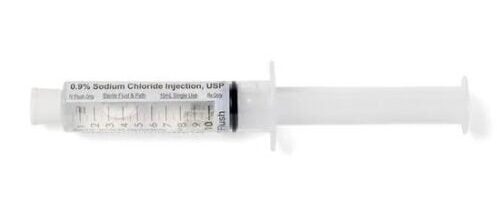
Product Details
Medline EMZE010001 IV flush solution has sodium chloride in a concentration of 0.9%. The product is manufactured by Medline and comes in the form of prefilled syringes. No preservatives as well as additives have been added to this sodium chloride solution. The capacity of each syringe is up to 10 ml.
1210-BP Nurse Assist Sodium Chloride IV Flush, 10ML, CS400
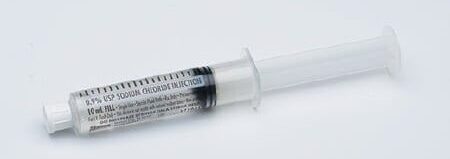
US$236.88
Product Details
1210-BP Nurse Assist sodium chloride IV flush is an intravenous solution based on sodium chloride. The storage of the product is done at USP-controlled room temperature to preserve its efficacy. The capacity of the prefilled syringe is up to 10 ml.
B. Braun 513576 IV Flush Solution Sodium Chloride, Preservative Free 0.9% IV Solution Prefilled Syringe 10 mL

US$199.88
Product Details
Braun 513576 IV flush solution is based on sodium chloride. The products come in a prefilled syringe which has no preservatives, additives, or antimicrobial agents in it. Understanding sodium chloride injection also highlights the fact that these solutions have longer shelf-life i.e. up to 2 years. These sodium chloride injection syringes have color-coded caps which make it easy for the caregiver or the healthcare staff to identify them.
The tamper-proof outer wrap keeps the syringes intact and thus the risk of any damage to the product is minimal. The recommended storage temperature is the USP controlled room temperature which keeps the product effective and safe.
*Note: The prices mentioned in the article are taken from the Health Supply 770 website. They may vary over time.
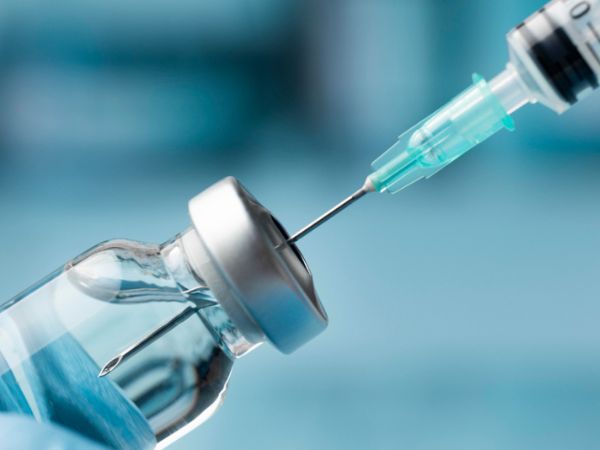
Sodium chloride injection can be combined with other parenteral fluids
After understanding sodium chloride injection mentioned in the article, the next step is to purchase the product. These injections, along with many other medical supplies, can be ordered from Health Supply 770, a reliable name when it comes to medical products. They have a 30-day money-back guarantee and provide your products to you in the shortest possible time. Click the link given in the article to check out the wide range of solutions and injections which are to be administered intravenously.
Bottom Line
Patients dealing with dehydration due to fluid loss or low electrolyte levels require a rapid administration of sodium chloride injection. This works best because the salt retains water in the body and helps it rehydrate.
While understanding sodium chloride injection, it is essential to keep in mind its uses as well as contraindications as these injections are not suitable for individuals with a history of heart diseases. Therefore, caution needs to be practiced.
Considering their vast usage, sodium chloride injections and solutions are manufactured by many brands. For purchasing the different kinds of IV solutions, reliable vendors like Health Supply 770 should be approached. They ensure the provision of quality products along with satisfactory services.
References
https://www.fda.gov/media/130662/download
https://www.accessdata.fda.gov/drugsatfda_docs/label/2017/016366s214lbl.pdf

PhD Scholar (Pharmaceutics), MPhil (Pharmaceutics), Pharm D, B. Sc.
Uzma Zafar is a dedicated and highly motivated pharmaceutical professional currently pursuing her PhD in Pharmaceutics at the Punjab University College of Pharmacy, University of the Punjab. With a comprehensive academic and research background, Uzma has consistently excelled in her studies, securing first division throughout her educational journey.
Uzma’s passion for the pharmaceutical field is evident from her active engagement during her Doctor of Pharmacy (Pharm.D) program, where she not only mastered industrial techniques and clinical case studies but also delved into marketing strategies and management skills.


















